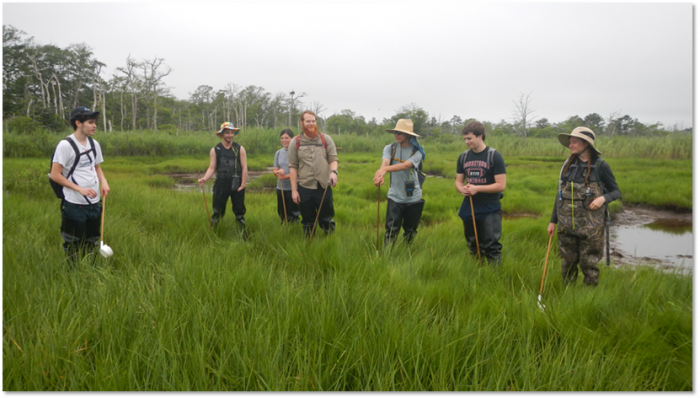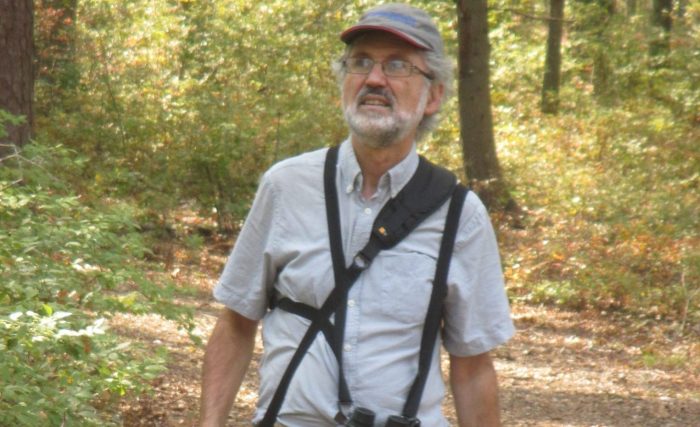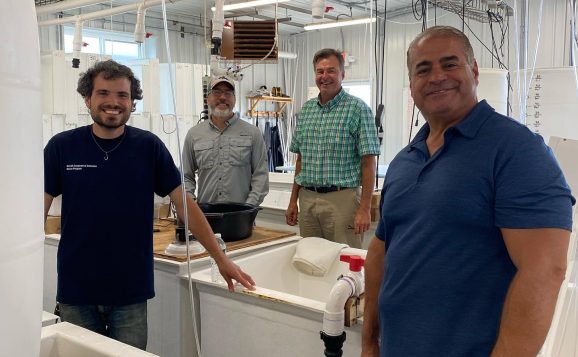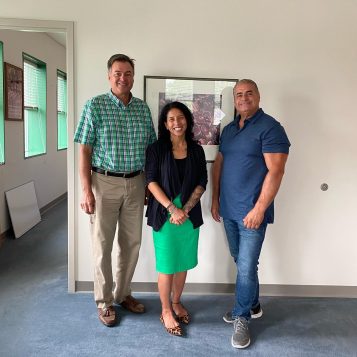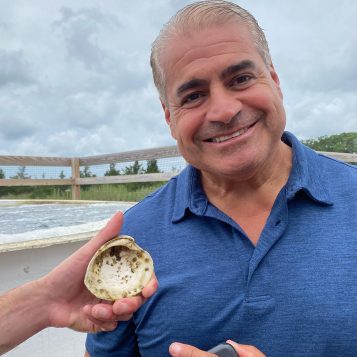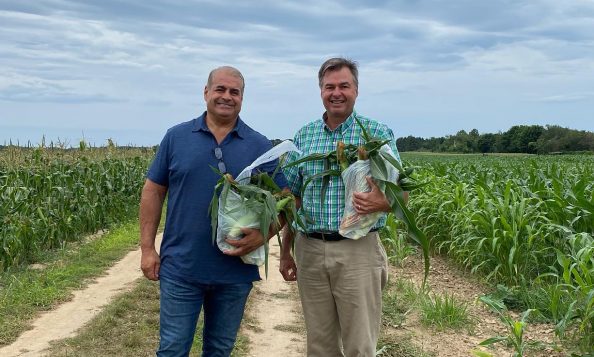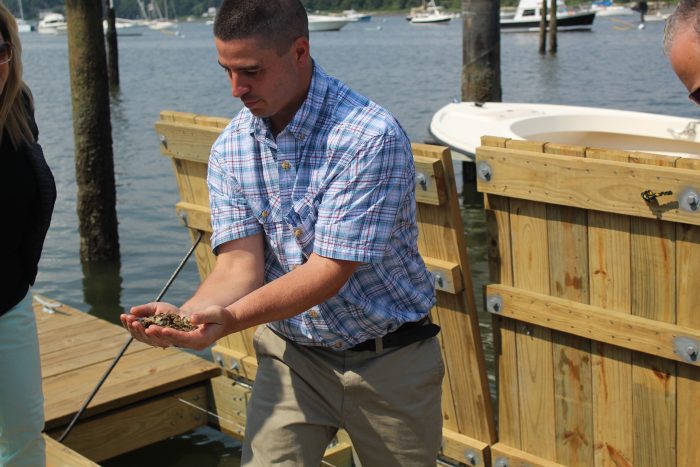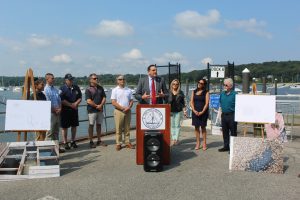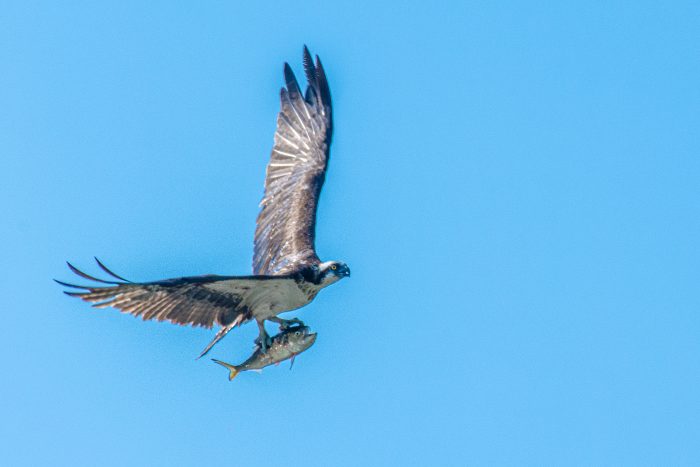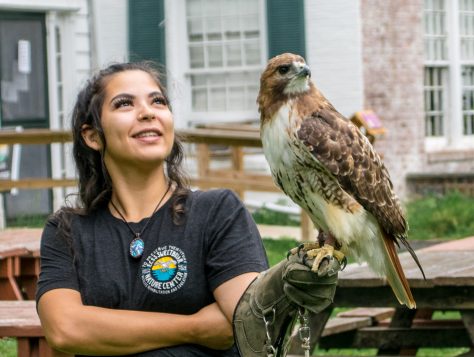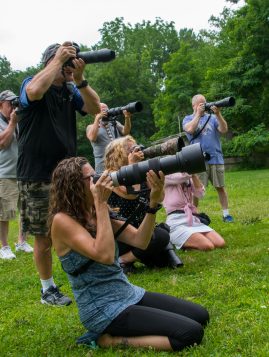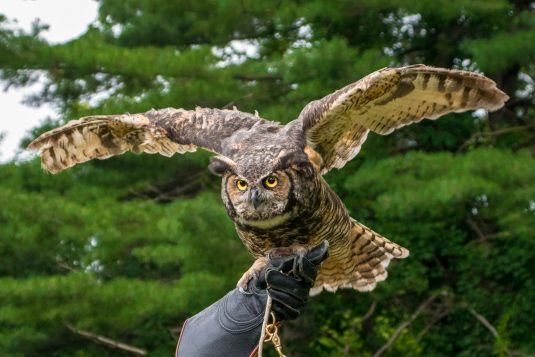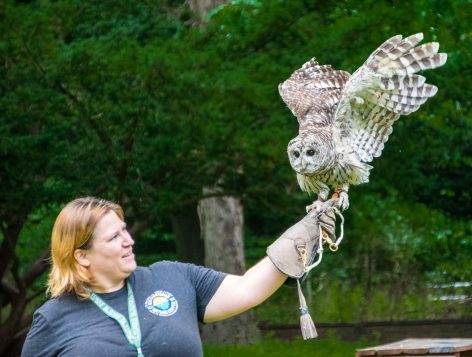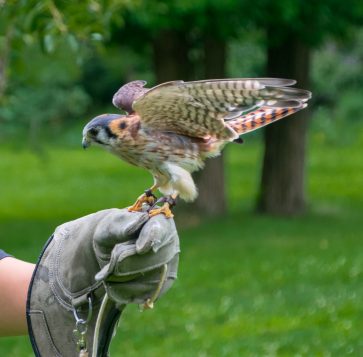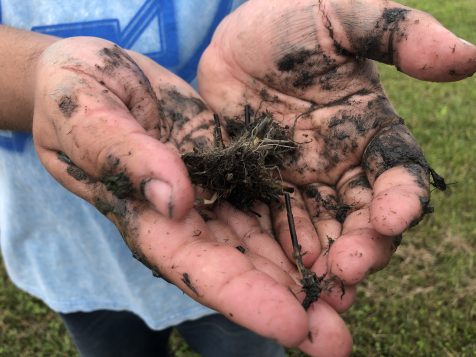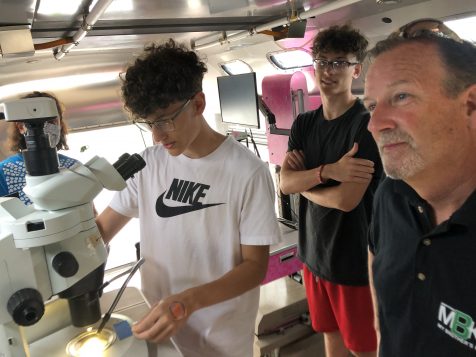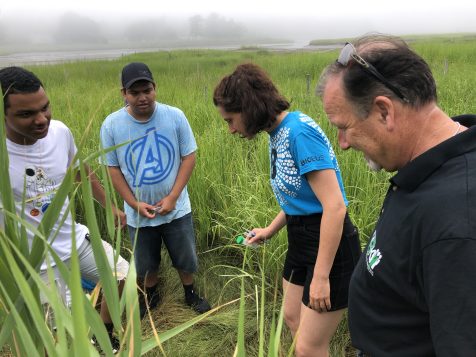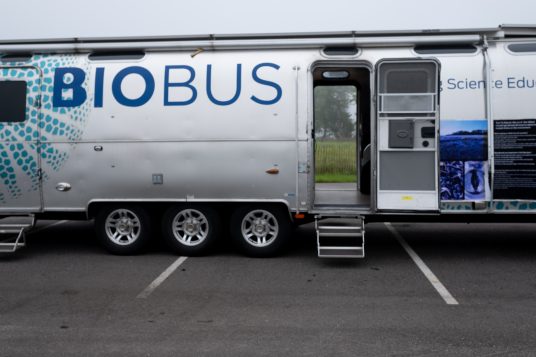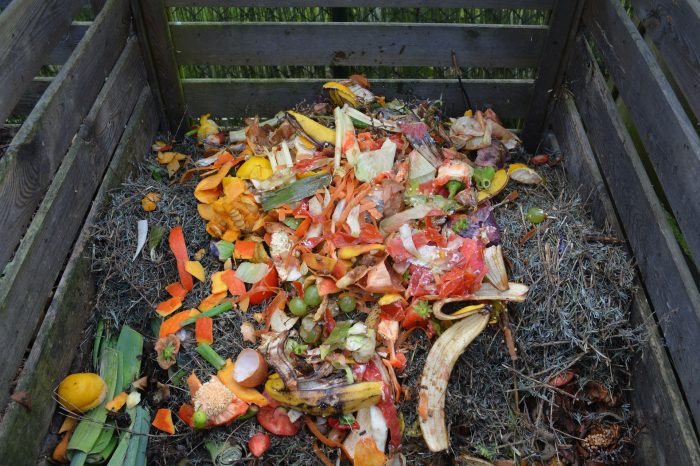Six Suffolk County Community College interns are spending their summer monitoring the health of tidal wetlands as part of a multi-year study funded by a grant issued to Suffolk County and the College from the National Fish and Wildlife Foundation.
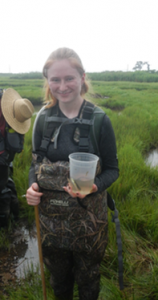
Interns Jake Montgomery (Hampton Bays), David Ziff (West Islip), Kyler Vander Putten (Oakdale), Brendan Lin (Stony Brook), Grace Nelson (Selden), and Jessica Cormier (Farmingville) don waders, backpacks and other protection from the heat and biting insects to navigate through the challenging conditions of Suffolk’s south shore salt marshes as part of a multi-year post-Hurricane Sandy tidal wetland restoration project.
Assistant Professor of Marine Biology and grant coordinator Dr. Kellie McCartin said the students are given an orientation before starting their field work to understand the overall goals and science behind the multi-year study and how to safely navigate the salt marshes. “There are three monitoring aspects to this study: measuring the abundance of mosquito larvae, surveying the fish, invertebrate and plant community, and measuring water quality. Our students are learning a wide variety of skills and data collecting methods commonly performed by environmental scientists,” McCartin explained and said that the students are in the field up to four times per week collecting data that are vital to current and future salt marsh restoration efforts here on Long Island.
“Salt marshes play an important ecological role as the interface between the marine and the terrestrial environment, said Project Director of the Coastal Resiliency Internship Amy Dries.
“Salt marshes also affect public health by providing larval habitat for mosquitoes that are vectors for disease,” Dries said, adding that previously, ditching and pesticides were used as a control mechanism. “Ditching requires maintenance, and mosquitoes develop resistance to pesticides in the long term,” Dries said.
Beginning in the summer of 2017, select marshes on the south shore of Long Island were sampled weekly for mosquito larvae, nekton, and vegetation were collected and water quality parameters (dissolved oxygen, temperature, and salinity) were measured by interns from Suffolk County Community College. Hot spots of mosquito larvae were frequently found near locations of the invasive Common Reed, Phragmites australis, where reduced water flow and low salinities were also identified. Based on the data obtained by the interns, restoration of the marshes began in 2019.
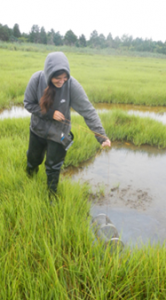
“We need healthy wetlands for a healthy Suffolk County,” said Edward Bonahue, President of Suffolk CountyCommunity College, “whether it’s water quality, habitat restoration, or aquaculture. Our students clearly feel a sense of urgency about this project, and I’m delighted they’re committing their time and energy to studying our crucial natural resources.”
Suffolk graduate and now Field Supervisor Nick Cormier, himself an intern before earning a bachelor’s degree in biology from Stony Brook University, said it’s nice to combine a passion for science with being outdoors. “It’s a great opportunity that’s also fun,” Cormier said, “the students are engaged and inquisitive. They want to be there,” he said.
Suffolk intern Brendan Lin of Stony Brook said he recommends the internship to anyone who’s interested in environmental science. “It’s quite interesting how the data we collect will help improve marsh conditions,” Lin, who is pursuing an environmental science and forestry degree, said.
Kyler Vander Putten said the internship is helping him narrow his study choices. “I’ve been really interested in the environmental science world and marine biology,” Vander Putten said. “I’m going to try and narrow it down by taking part in different internships and opportunities wherever I can. The field work we do supports everything we learned in class,” he said.
“The students are excited to be in the field. They’re applying what they’ve learned in the classroom or virtual classroom and it is a fantastic experience for any student interested in a career in the sciences” McCartin said.

